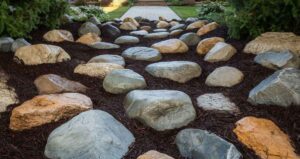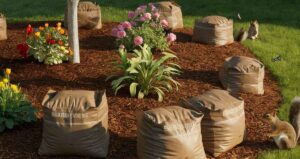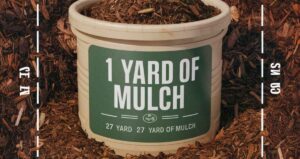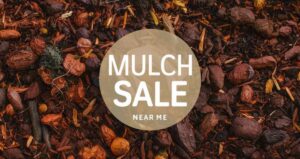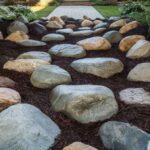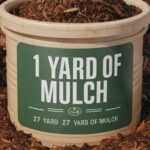Are you wondering which color of mulch will make your garden glow and give you a sense of serenity and satisfaction? Well, worry not! Finding the perfect color of mulch to make your garden truly belong to you can be a delightful endeavor. With a range of natural, bold, and neutral options available, you can create an ambiance that suits your personal taste and style. From earthy browns to vibrant reds, and everything in between, the color of your mulch can enhance the beauty of your plants and add depth to your outdoor space. So, let’s explore the world of mulch colors together and find the one that will make your garden feel like a place you truly belong.
Key Takeaways
- Consider the overall aesthetic and style when choosing mulch color.
- Dark-colored mulch retains heat, while light-colored mulch reflects sunlight.
- Natural mulch colors like brown, black, red, and gold provide a warm and authentic look.
- Match the mulch color to the surrounding plants and landscape to create a visually pleasing and harmonious garden design.
Benefits of Using Mulch
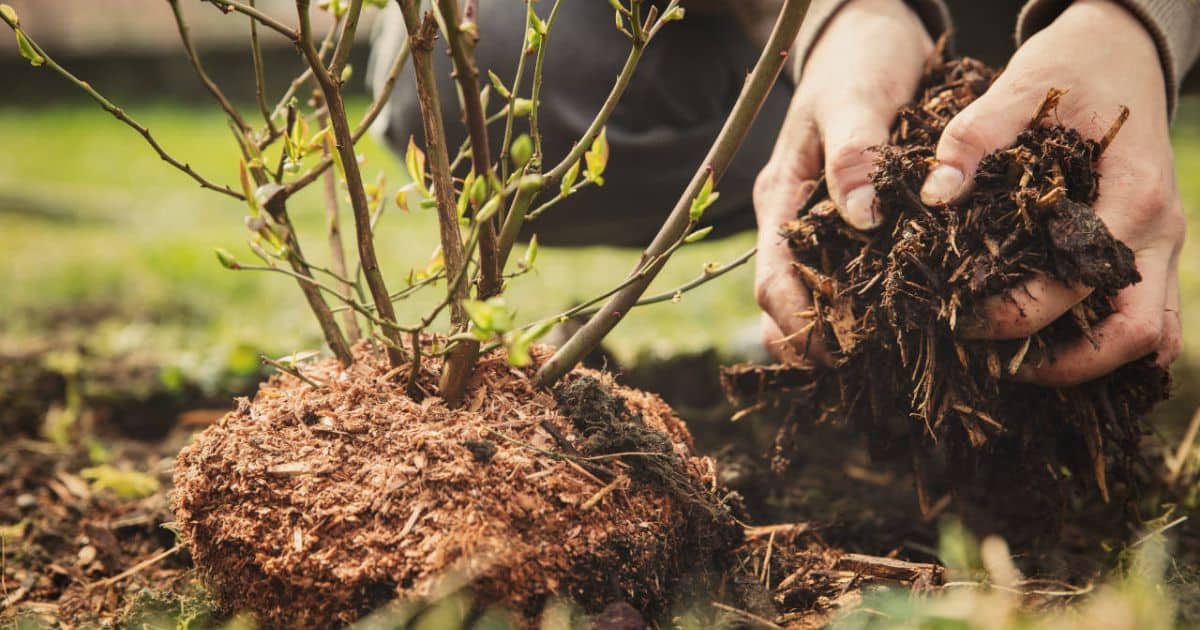
Using mulch offers numerous benefits for your garden or landscape. Mulch acts as a protective layer, helping to retain moisture in the soil, prevent weed growth, and regulate soil temperature. There are various mulch types available, such as organic mulch (made from materials like pine needles, wood chips, or straw) and inorganic mulch (like stones or rubber). Each type has its own advantages, so it’s important to choose the one that suits your needs and aesthetic preferences. Mulch installation is a straightforward process that involves clearing the area, laying down a weed barrier, and spreading the mulch evenly. This not only enhances the visual appeal of your garden but also provides a conducive environment for plant growth. So, whether you’re a seasoned gardener or just starting out, incorporating mulch into your landscape can greatly benefit your plants and create a sense of belonging in your outdoor space.
Considerations for Choosing Mulch Color
To choose the ideal mulch color for your garden or landscape, consider the overall aesthetic and style you want to achieve. Matching mulch colors to the existing elements in your outdoor space can create a cohesive and visually appealing look. For example, if you have a vibrant and colorful garden, using mulch with natural earth tones like brown or black can help highlight the bright blooms and foliage. On the other hand, if you have a more minimalist or modern style, choosing a mulch color that blends seamlessly with the surrounding hardscape or structures can create a sleek and unified appearance. The benefits of mulch color choice extend beyond just aesthetics. Dark-colored mulch, such as black or dark brown, can help retain heat, which is beneficial for plants in cooler climates. Light-colored mulch, like straw or light brown, can reflect sunlight and reduce soil temperature in hot climates, preventing excessive heat stress on plants. Ultimately, the choice of mulch color depends on your personal preferences and the specific needs of your garden or landscape.
Natural Mulch Colors
You can choose from a variety of natural mulch colors for your garden or landscape. Natural mulch colors are a popular choice among gardeners who prefer a more organic and earthy look. Here are some popular natural mulch color choices:
- Brown: Brown mulch provides a warm and natural look to your garden. It blends well with most plants and adds a touch of elegance to your landscape.
- Black: Black mulch creates a striking contrast against vibrant flowers and green foliage. It gives your garden a sleek and modern appearance.
- Red: Red mulch adds a bold and vibrant pop of color to your landscape. It is often used to highlight specific areas or create focal points in the garden.
- Gold: Gold mulch brings a touch of warmth and brightness to your garden. It complements plants with yellow or orange flowers, creating a cheerful and inviting atmosphere.
When choosing between natural and dyed mulch, natural mulch colors are a great option if you want a more authentic and harmonious look for your garden.
Bold and Vibrant Mulch Colors
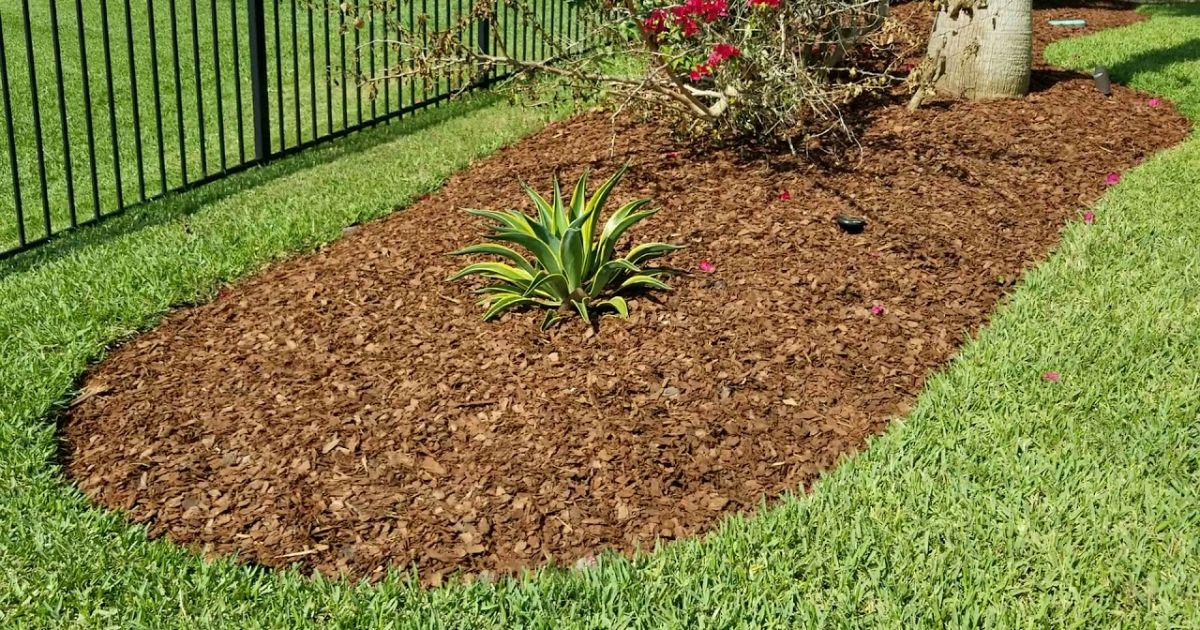
For a bold and vibrant look in your garden, consider mulching with vibrant colors that add a pop of excitement to your landscape. Bold mulch options are a great way to make a statement and create a visually striking garden. One of the vibrant mulch trends that has gained popularity is red mulch. This bold color adds a vibrant contrast to green plants and creates a dramatic effect. Another option is black mulch, which provides a sleek and modern look to your garden. It creates a beautiful backdrop for colorful flowers and foliage. If you want to add a touch of whimsy to your landscape, consider using blue or purple mulch. These vibrant colors can create a fun and playful atmosphere. Whatever color you choose, make sure it complements the overall aesthetic of your garden and adds that wow factor you desire.
Neutral and Subtle Mulch Colors
Consider using earthy tones for a more understated and natural look in your garden mulch. Earth toned mulch options can help create a harmonious and cohesive landscape design, blending seamlessly with the surrounding environment. Here are four options to consider:
- Brown: This classic choice mimics the color of natural soil, providing a neutral backdrop for your plants to shine.
- Tan: A lighter shade that adds a touch of warmth and blends well with sandy or light-colored landscapes.
- Gray: Perfect for modern or minimalist gardens, gray mulch adds a subtle touch of sophistication and complements a variety of plant colors.
- Black: This rich and dark color can create a dramatic contrast, making your plants pop and adding depth to your garden.
Matching Mulch Color to Garden Design
When it comes to matching mulch color to your garden design, there are a few key points to consider. First, think about enhancing the overall aesthetics of your garden by choosing a mulch color that complements the surrounding plants and landscape. Additionally, consider selecting a mulch color that harmonizes with the color scheme of your plants, creating a cohesive and visually appealing look.
Enhancing Garden Aesthetics
To enhance your garden aesthetics, choose a mulch color that complements your garden design. The right color can bring out the beauty of your plants and create a harmonious atmosphere in your outdoor space. Consider the following options:
- Natural Brown: This classic choice blends well with most garden designs, providing a warm and earthy backdrop for your plants.
- Black: A sleek and modern option, black mulch creates a bold contrast against vibrant flowers and foliage, making them stand out.
- Red: This vibrant color adds a pop of energy to your garden, particularly when paired with green plants, creating a visually striking display.
- Gold: For a touch of elegance, gold mulch adds a touch of luxury to your garden, especially when combined with yellow and orange flowers.
Complementing Plant Color Scheme
To ensure a cohesive and balanced garden design, it is important to match the color of your mulch to the overall color scheme of your plants. By doing so, you can create a visually pleasing and harmonious landscape. When matching mulch to flowers, consider using a color that complements or enhances the natural hues of your plants. For example, if you have vibrant red flowers, using a mulch that has warm tones like brown or red can help highlight the beauty of the blooms. On the other hand, if you want to create a contrasting effect, you can opt for mulch colors that are opposite to the colors of your plants. This can create a striking and eye-catching display in your garden. Now that you understand how to match mulch colors to your plants, let’s move on to discussing the maintenance and longevity of mulch colors.
Maintenance and Longevity of Mulch Colors
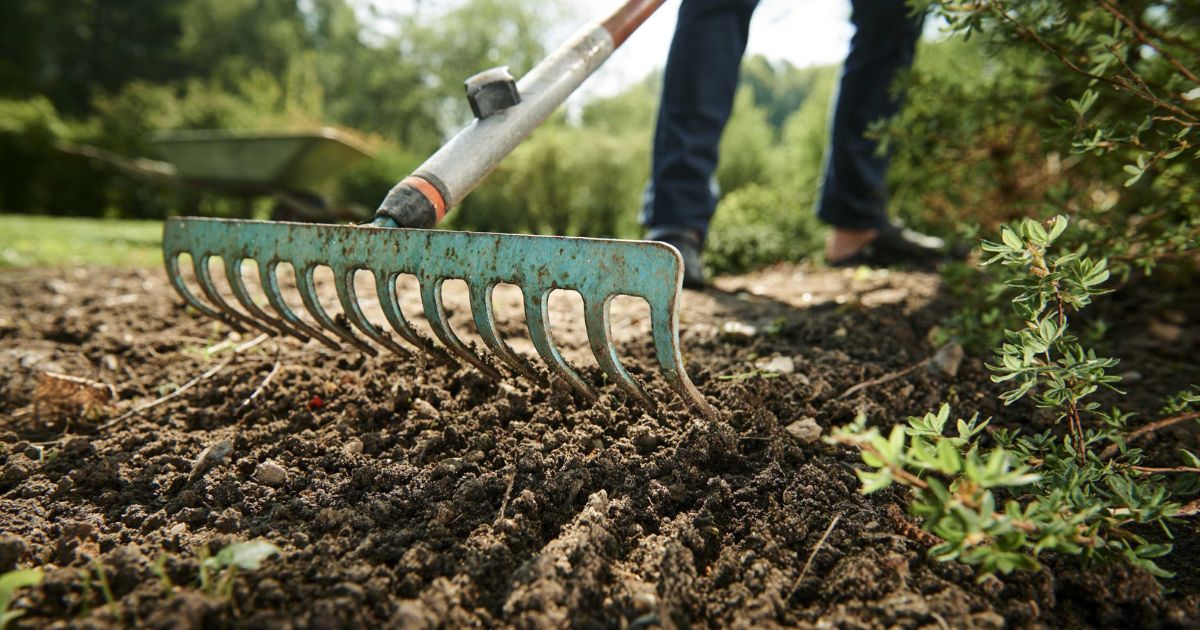
For easy maintenance and long-lasting color, choose a mulch color that suits your landscaping needs. The longevity of mulch colors depends on various factors, including the type of mulch and the impact of weather. Here are some key points to consider:
- Type of mulch: Different types of mulch have varying levels of durability. For example, dyed wood mulch tends to retain its color for a longer period compared to natural mulch options.
- Weather conditions: Extreme weather conditions like intense sunlight and heavy rainfall can affect the color of mulch. If you live in an area with harsh weather, consider opting for mulch colors that are less likely to fade.
- Mulch placement: Mulch placed in shaded areas tends to retain its color better than mulch exposed to direct sunlight. If you have areas with limited sunlight, choose a mulch color that complements the surroundings.
- Mulch maintenance: Regular maintenance practices, such as raking and occasionally refreshing the mulch layer, can help prolong its color and appearance.
Conclusion
In conclusion, when it comes to choosing the color of mulch for your garden, consider both the practical and aesthetic aspects. Natural mulch colors blend well with the surroundings and provide a timeless look. Bold and vibrant colors can add a pop of excitement to your garden, while neutral and subtle colors create a harmonious backdrop. Ultimately, the choice of mulch color should complement your garden design and personal preferences. Remember to maintain and refresh the mulch regularly for optimal longevity. Happy gardening!


